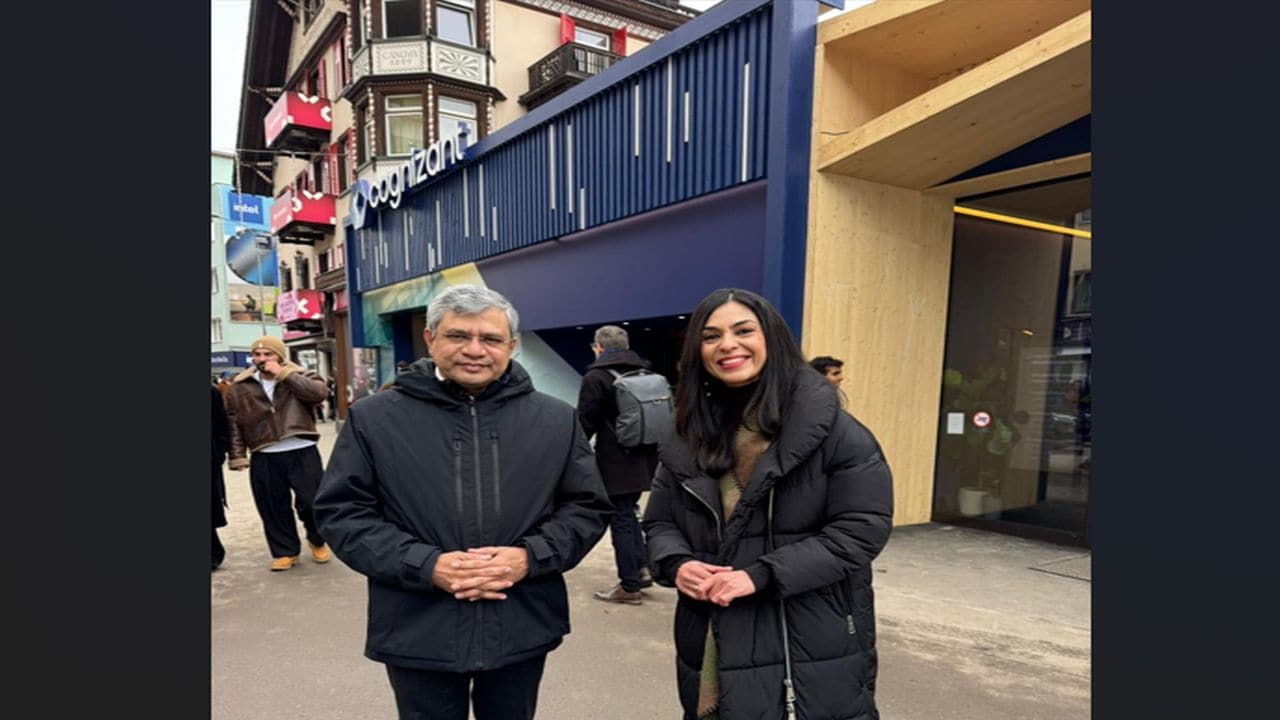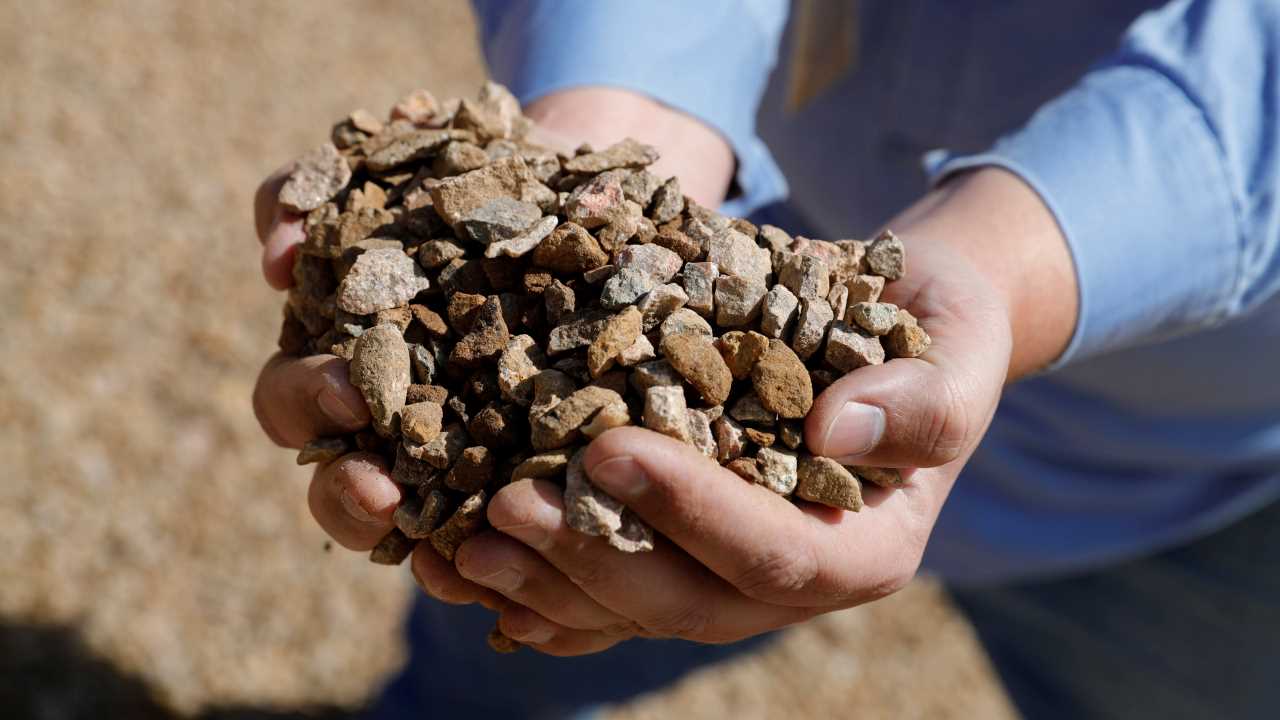
“We are working on it, and as you know, we believe in extensive consultations with the industry. That consultation process is practically in its last round,” Vaishnaw told CNBC-TV18 at the World Economic Forum in Davos.
Vaishnaw added that the scheme is likely to be presented to the Union Cabinet soon and could be launched in the next couple of months.
This confirms CNBC-TV18’s January 6 newsbreak that the Finance Ministry has approved a ₹25,000 crore outlay for the scheme.
Also Read: Finance Ministry clears electronic components PLI scheme
While the industry had sought ₹40,000 crore, MeitY may consider increasing the budget based on the scheme’s uptake.
The PLI scheme aims to attract over ₹40,000-₹45,000 crore in investments, focusing on key components such as sub-assemblies of Printed Circuit Boards (PCBs), batteries, displays, and camera modules. If the Cabinet grants its approval, the scheme could be announced in the upcoming Union Budget for 2025-26 (FY26) on February 1.
These are the edited excerpts of the interview.
Q: Take me through what was the thought process here for setting up all the state pavillions integrated within the India pavillion?
A: The thought process was that India pavilion should be unified pavilion, it should be integrated. Our prime minister, Shri Narendra Modi ji got this feedback last year after last Davos, and he insisted, and he gave us a very clear thought process that we should have all the state pavilions integrated within the India pavilion. Then we spoke to the chief ministers, and all of them were very happy to actually be a part of this thought process and that’s why we have this entire India pavillion – one unified, one integrated.
Q: Let us talk about the other big development in which is President Trump in the White House. Of course, the External Affairs Minister has met with his counterpart in the US. Post the inaugural we have the iCET between India and the US, which focuses on the partnership on critical and emerging technologies. What’s the expectation? There was a lot of progress that was made on these areas under the Biden administration. What’s the hope that you have now with this present regime?
A: I think this will accelerate, the fundamental point of Prime Minister Modi Ji’s thinking in terms of technology, in terms of economy, in terms of foreign policy, is trust and trust is a very important element in our relationships with US, with Europe, with Japan. That has really helped us get the get the MOUs and MOCs signed. Because people really believe that, yes, India is a country, India is a geography, it is an economy which can be trusted, and that trust is going to accelerate our cooperation I would say.
Q: What would the expectation be, what would be the focus areas that you would like both sides to prioritise when we talk about technology?
A: Critical minerals, will be a very important priority. Then we would have quantum, we would have AI, the way models are getting created and the way models will be used in future. Can we have more focused models which are suitable for our own needs, for solving our problems these will be important. Semiconductor supply chain, value chain will be a very important part of it, apart from that many emerging technologies where we can contribute a lot through our talent pipeline, they will also be part of it. Research, last year, we decided to take up some joint research programs that will also be a focus area.
Read Here | Davos 2025 | India’s data protection rules will set global standards: Ashwini Vaishnaw
Q: Talking about China, that has been a fraught relationship, but there is now a movement as far as the border related issues are concerned. Will that lead to engagement on the economic side as well? Do you believe that there is a need for engagement on the economic side with China?
A: As our External Affairs Minister, S Jaishankar, has said, it is a very complex relationship where the governments of both the countries are deeply engaged in finding the right way forward. What I would like to say is that our next step of having the component ecosystem in India that’s progressing very well. We have completed the entire structure of it, which are the focus areas where we would put the maximum energy on. What has happened, you would have noticed yourself, since you do that very interesting program of Young Turks, you would have noticed that quite a few supply chain partners, quite a few Indian manufacturers, have really gone up on the learning curve, and the confidence that many of these players have is phenomenal.
I was just talking to the HP laptop manufacturing, the head of that company, Mr. Lores, he said that now we are feeling so confident within such a short time frame of two years that we would like to set up a complete R&D facility, complete design facility, in India now, along with the partners that they have selected. Same is the case with the HP Enterprise, server manufacturing HP Enterprise chief told me that they are now ramping it up to almost 4,000 servers a month, and the entire design work will be done in India.
What I would like to say, is that the learning curve challenges that we had, let us say, five years ago, seven years ago, that is significantly lesser now. Yes, there would always — be when you want to start something new it will have its own challenges, but I think our country, our industry and our policy framework is today capable of taking it.
Q: Talking about policy measures and production linked incentive (PLI) scheme for the electronic component space has been talked about. Is that likely to be announced anytime soon?
A: We are working on it, and very extensive, as you know, we believe in extensive consultations with industry, so that consultation process is practically in its last round. I would like to announce it once it is approved by the cabinet.
Q: How soon before you take it to cabinet?
A: We should be able to launch the program in coming couple of months’ time frame.
Q: With the Trump regime in place, do you believe that the need of the hour will be to pre-emptively look at what we can do on tariffs across the board?
A: It is more of simplification and having lesser number of slabs, so that the confusion between one component to other component is not there. In electronics, each component has to pass through multiple borders by the time it becomes a module. So that means component with, let us say, another very small sub component added to it can change the classification. What we want is a very simple, very clearly defined classification system, and we will continue to work on that direction.
Read Here | Exclusive | India considering indigenous GPUs, AI foundational models: Ashwini Vaishnaw
Q: Not a rate reduction, necessarily?
A: That comes as a part of it.
Q: A rate reduction as well as simplification, is what you are hoping for?
A: It is a more complex thing than these two words put together.
Is it likely to be part linked to the budget?
A: Let me not speculate anything on that, but yes, we are constantly engaged with industry.
Q: Do you believe that there is a need for the government to look at further intervention, to provide some relief and support when we talk about the outstanding issue of AGR reports?
A: You will have to ask this to Mr. Scindia, I wouldn’t like to comment on that.
Q: We were just talking about the progress being made as far as the AI mission is concerned. What will be the priority in 2025?
A: Three top most priorities will be getting, the compute power ready, where we have completed the RFP process, and very soon the price discovery and everything else will be in place. Second will be talent development, as you have seen in the other programs on technology, our focus on talent development is very much aligned with the industry. In case of communications, we had 5G labs set up in 100 universities so that students can get the real hands on experience of working on 5G technology.
In case of semiconductor, we have it in 240 universities where students are actually designing chips using the latest tools. Same thing we are doing in AI so very large number of universities, we are tying up for getting the AI readiness, as well as AI research, and getting the application experience. That’s the second thing.
Third is very interesting approach, getting the data sets ready for AI. We have large data sets of non-personal data, transportation data. We have agriculture data, weather data, logistics data. How can we use it to create data sets which are ready for AI that’s the third thing.
Outside these three top immediate priorities, we are also working with the industry to understand how we can have our own models. What kind of models we should prepare? Should they be general models, or should there be focused models and in parallel, we are also working with the industry to look at in a time frame of three to five years can we have our own GPU? All these developments are happening in a very systematic, very methodical way. Hopefully in a near time frame, near future of, let us say, six to eight months, we would have crystallised these thoughts on model as well as Chip. But the other parts we are moving ahead in the execution phase.
Q: The policy will continue to be with the government spending on government capex, and growth being driven by government capex, at least for now?
A: That, I would say, is one of the triggers, but other triggers like manufacturing, the triggers like housing, the drivers like getting the innovation and efficiency, the productivity all those triggers, all help in growth of GDP.
Q: What will the headline be then for 2025 from an India standpoint?
A: Trusted country, very clear, very stable political regime, very stable policy regime, good focus on inclusive growth, what we have done in the last 10 years.
Also Read | WEF 2025 | Revanth Reddy’s three focus areas to drive Telangana’s growth

